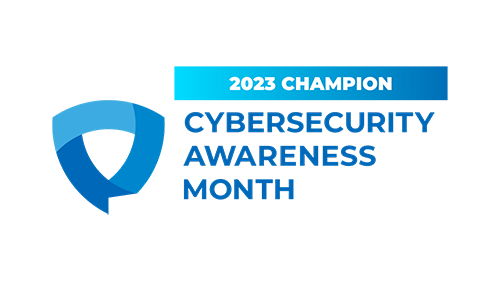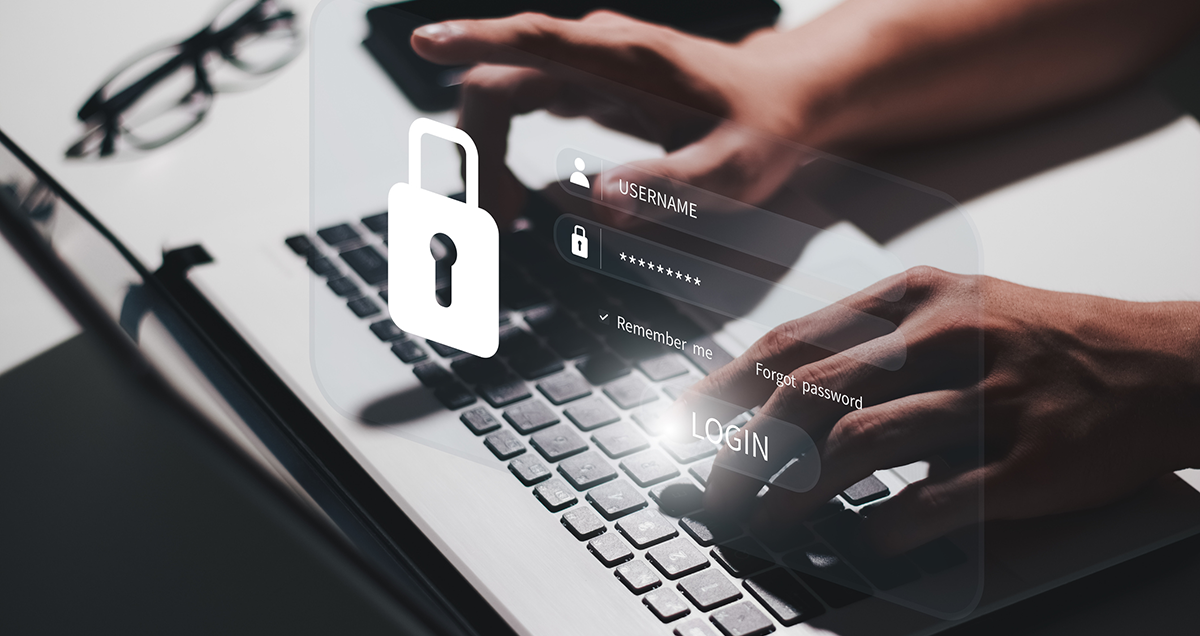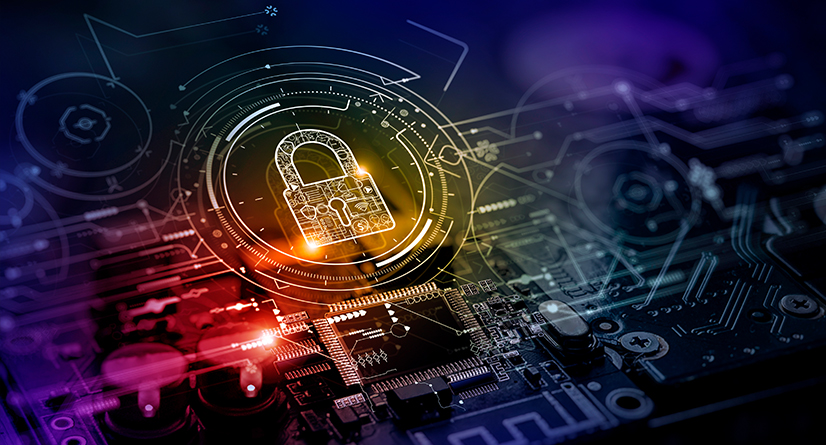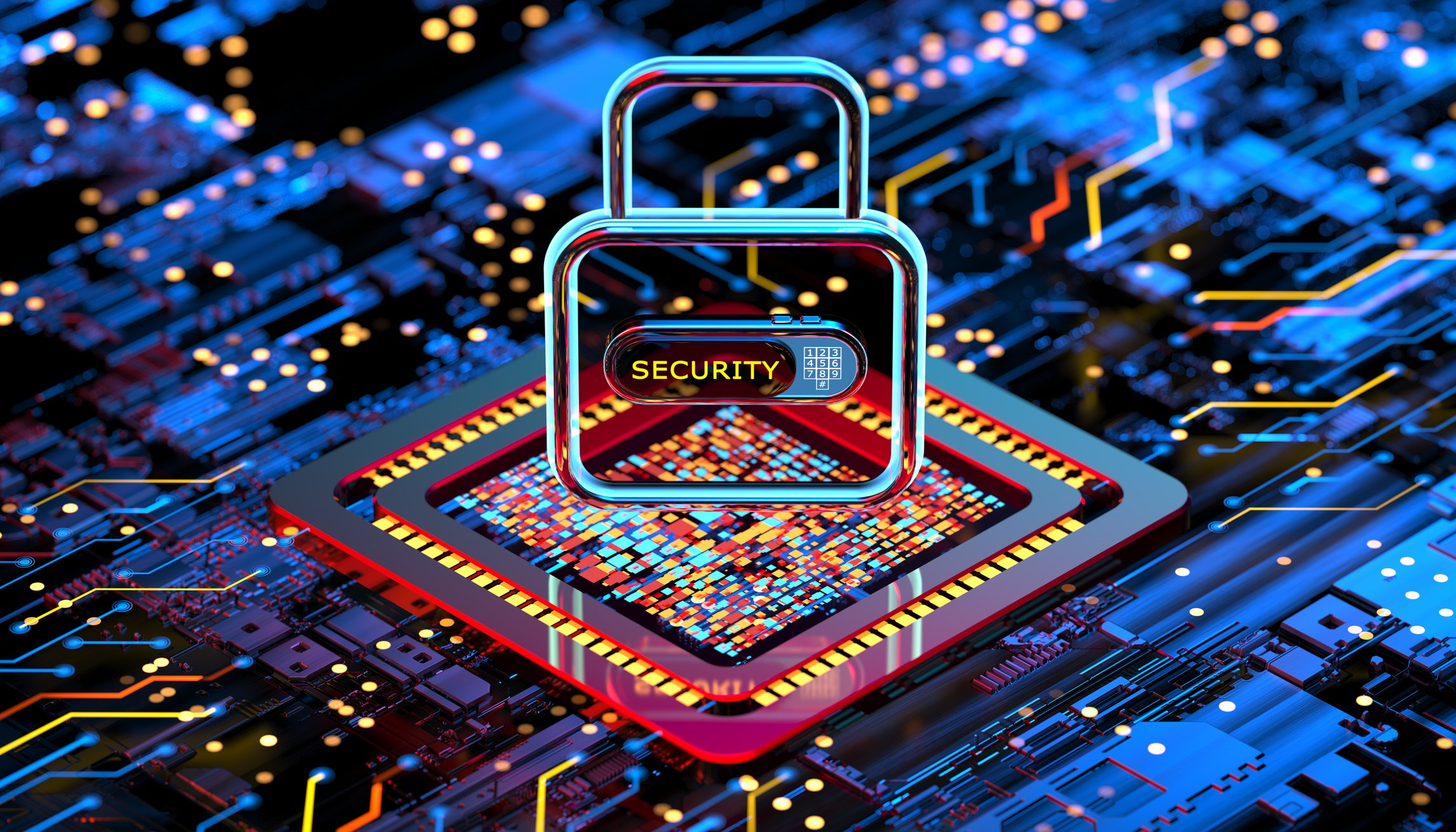Wouldn’t it be nice if you could protect your password with another password? Multi-factor authentication gives you this power – think of it like placing your housekeys in a safety deposit box that can only be opened by a facial scan. In some cases, this metaphor isn’t far off from reality.
What is multi-factor authentication?
MFA (multi-factor authentication) is sometimes called two-factor authentication or two-step verification. No matter what you call it, MFA is a cybersecurity measure for an account that requires anyone logging in to prove their identity multiple ways. Typically, you will enter your username, password, and then prove your identity some other way, like with a fingerprint or by responding to a text message.
Why go through all this trouble? Because MFA makes it extremely hard for hackers to access your online accounts, even if they know your password.
MFA adds an entire layer of security on your important accounts beyond your password. Your data is precious and important – multiplying its protection is a great idea.
How does it work?
- When you turn multi-factor authentication on for an account or device, your log-in process will require a bit more verification.
- You will be asked for your username and password.
- If these are correct, you will then be prompted to prove your identity in another way. You might be able to set up your smartphone, for example, to use a facial scan as verification. Other online accounts might send your phone number or email address a one-time use code that you must enter within a certain frame of time. Some accounts will require you to approve access with a standalone authenticator app.
What types of accounts offer multi-factor authentication?
Check to see if you can turn multi-factor authentication on:
- Banking
- Social media
- Online stores
Can multi-factor authentication be hacked?
While MFA is one of the best ways to secure your accounts, there have been instances where cybercriminals have gotten around multi-factor authentication.
However, these situations typically involve a hacker seeking MFA approval to access an account multiple times and the owner approving the log-in, either due to confusion or annoyance.
Therefore, if you are receiving MFA log-in requests and you aren’t trying to log in, do not approve the requests! Instead, contact the service or platform right away. Change your password for the account ASAP. Also, if you reused that password, change it for any other account that uses it (this is why every password should be unique).
Don’t let this deter you, though. MFA is typically very safe, and it is one of the best ways you can bolster the security of your data.
Contact our sales team at sales@lascala.com and get started today on protective security solutions including multi-factor authentication for your business.

Source
1 – National Cybersecurity Alliance: https://staysafeonline.org/
2- Photo credit: Thapana Onphalai




